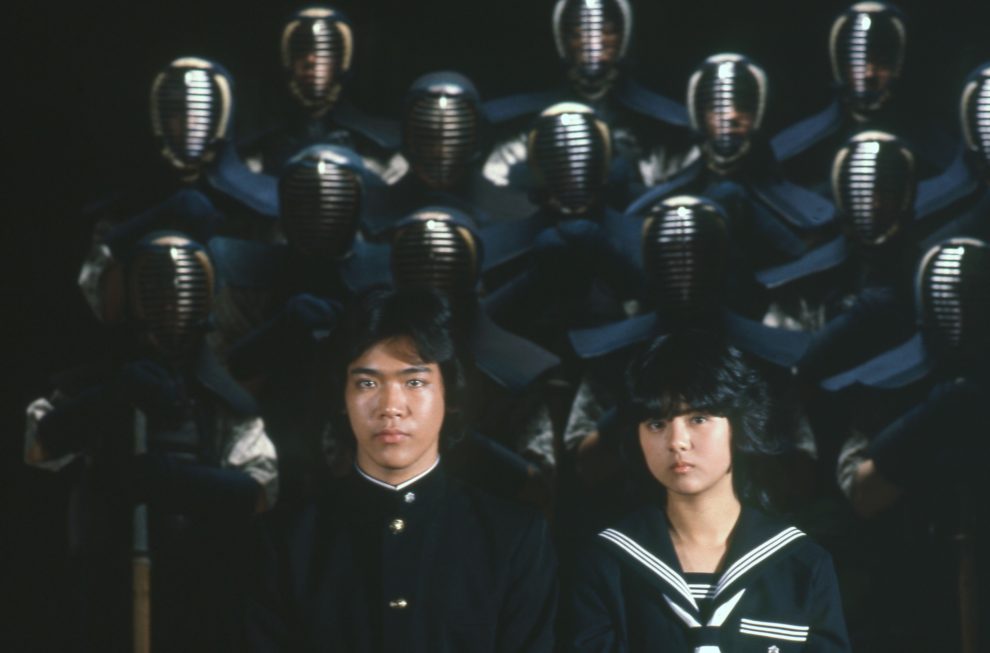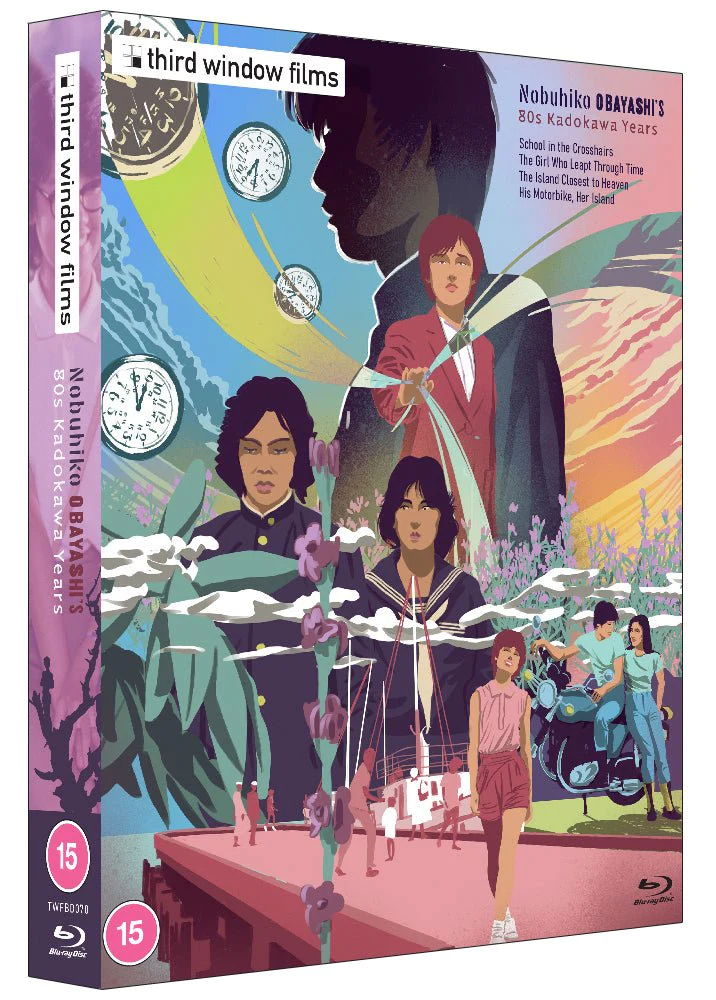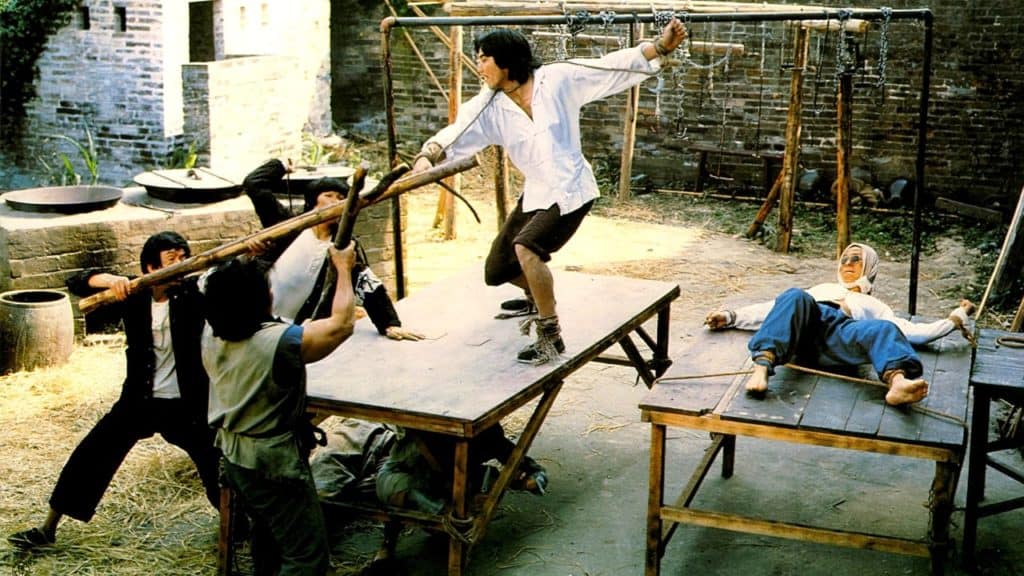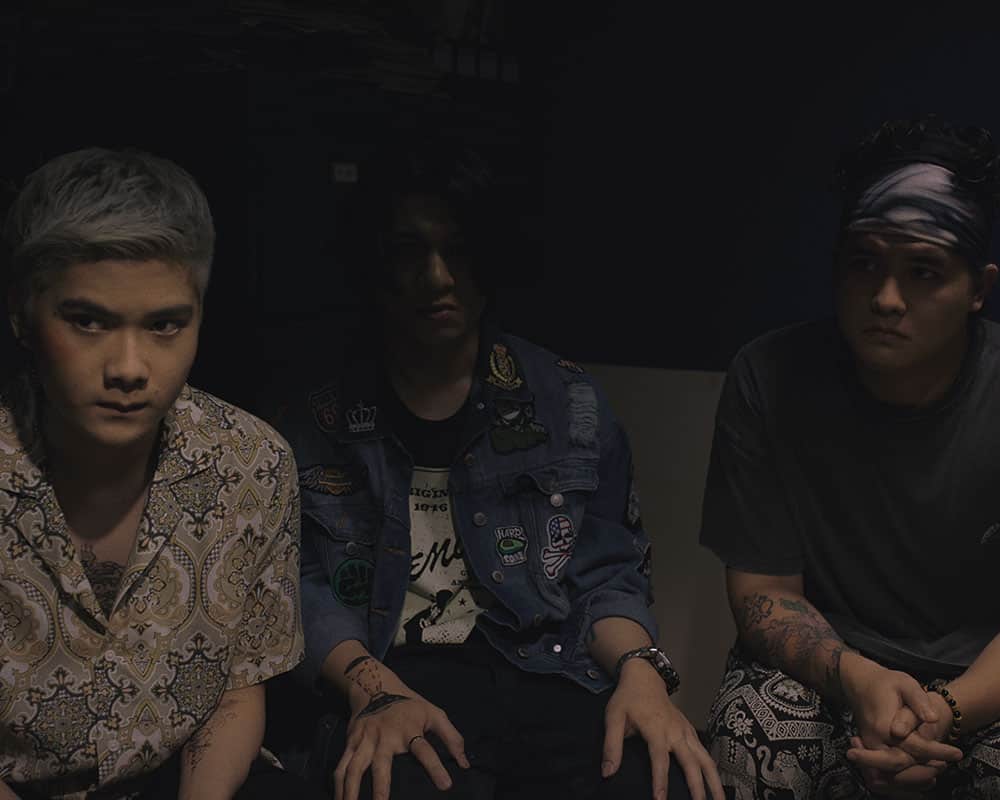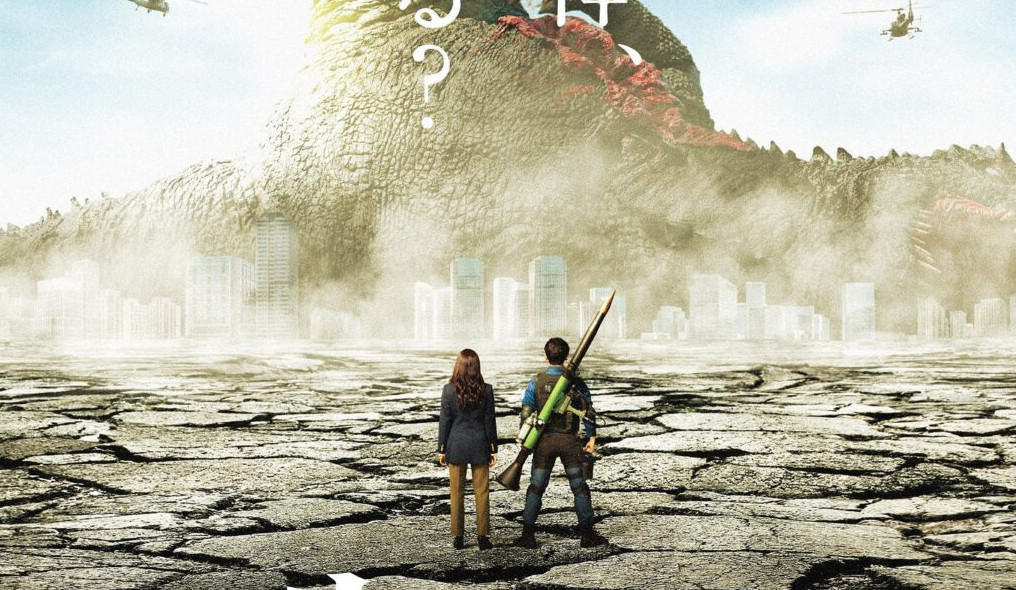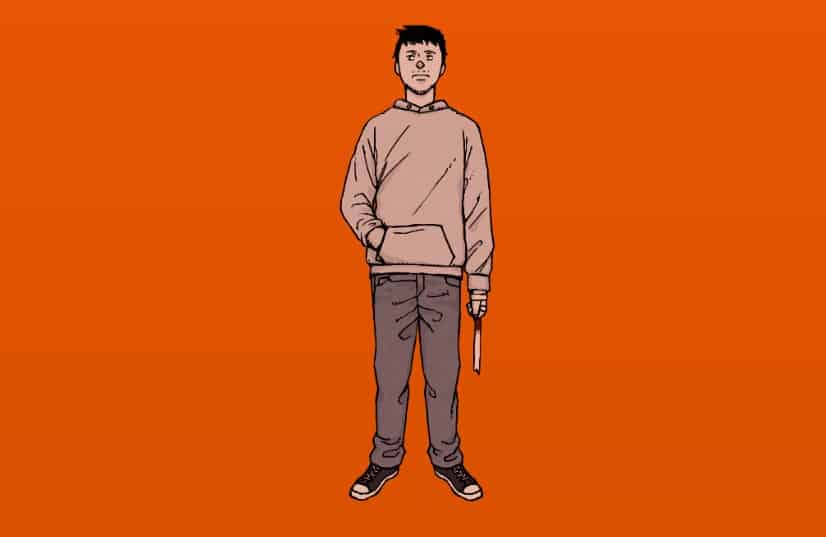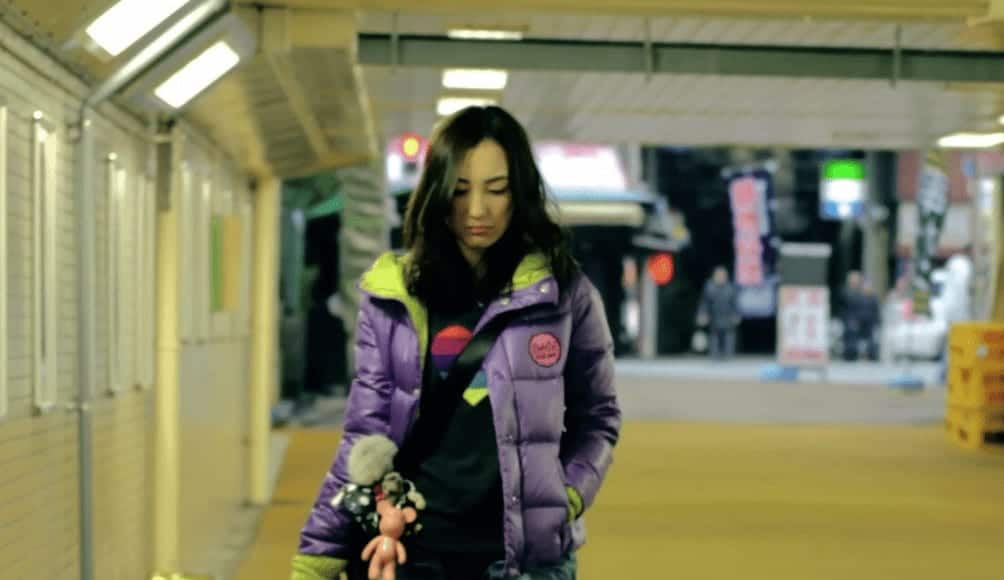Few Japanese filmmakers have a cinematic style as distinct and refined as the late Nobuhiko Obayashi. Four years after his feature debut, the wild 1977 horror-comedy “House”, the director helmed the similarly bonkers yet not as widely recognised “School in the Crosshairs”. Loosely based on Taku Mayumura's novel, “Psychic School Wars”, Obayashi's second feature for Kadokawa Productions is a pacy and spirited slice of exaggerated high-school drama, with a dose of telekinesis thrown in for good measure.
Buy This Title
on Terracotta
Yuka Mitamura (Hiroko Yakushimaru) is cute, popular, at the top of her class, and also just happens to be psychic. After stumbling upon her powers during an after-school incident, Yuka begins to wonder how she can use her abilities to help her rowdy classmates. However, things take a sinister turn when another young psychic, Michiru Takamizawa (Masami Hasegawa), joins Yuka's school and uses her powers to lead a ruthless school patrol, which brutally polices rebellious students.
To be perfectly honest, that plot summary doesn't do justice to how much Obayashi manages to squeeze into the jam-pack 90-minute runtime. A kaleidoscopic rush through the universe opens the film and perfectly sets the tone for the non-stop narrative, which flies by at a blistering pace. Shortly after discovering her psychic abilities, Yuka is approached by the mysteriously alluring yet absurdly dressed Kyogoku, who is, for lack of a better term, a space demon. The planet-hopping baddie has swayed fellow psychic Michiru to his side and is hell-bent on re-shaping humanity in his image. The scope of the plot could be easily overblown in lesser hands, but Obayashi confines the world-saving narrative within the microcosm of a high school, resulting in a charmingly small-scale teen adventure.
There are large portions of “School in the Crosshairs” that feel more like an anime than a live-action film. For a start, the feature is filled with exaggerated caricatures that could have leaped straight from the pages of a manga. From the jumped-up PE teacher, Amamiya, to the arrogant class nerd, Arikawa, played by a young Makoto Tezuka, who hides behind comically magnified spectacles, very few characters are grounded in reality. However, Obayashi's flick isn't concerned with the real world, as the director instead embraces the fictional clichés of high-school life at every opportunity. The result is some wonderfully lively and creative sequences, notably the club recruitment scene, which is essentially a mini song and dance number. As with many of Obayashi's films, there's a playful humor that runs throughout; a personal favorite re-occurring gag involves a set of decorative statues hopping into the air every time the headteacher's desk is angrily slammed – it gets slammed a lot.
Many of Obayashi's films celebrate the freedom and light-heartedness of youth, so it's no surprise that the case is the same for “School in the Crosshairs”. While the high-school students don't have the best grades, they share an enthusiasm for sports clubs, pranks, and general larking around. Yuka gets the best of both worlds, as the charismatic and brainy student is the toast of all her classmates, barring the sneering Arikawa. The introduction of Michiru's Gestapo-esque school patrol is an assault on the students' bodies and minds, as they're either hypnotised into joining the fascist-like organisation or savagely beaten into submission. Those who refuse to submit to Michiru's regime, whether students or teachers, incur suspicious accidents brought about by the teen's telekinetic powers. Criticism of the Japanese education system's intense examination process is plain to see, as Yuka acts as the Obayashi stand-in, selflessly defending the freedoms of her classmates by battling the oppressive Kyogoku.
The director's love for all aspects of filmmaking is well known, and his affection for the craft is on full display here as we're presented with an array of graphics, effects, and even some stop-motion work. His style is nothing short of a full-frontal assault on the senses, with everything from the innovative transitions and cuts to the editing pace being dialled up to eleven. While undoubtedly crude, the over-abundance of blue-screen is an artistic choice that will either rip you out of the film or plunge you deeper into cinematic euphoria. Personally, I find the conscious decision to use unrealistic effects far bolder than if Obayashi were to settle for a presentation grounded in realism. What's more, the integration of matte paintings and the occasional dip into monochrome allows for some gorgeous shots. While the visuals may not work for everyone, you can't deny that “School in the Crosshairs” is dripping with personality.

It's somewhat surprising that “School in the Crosshairs” isn't a more widely eulogised entry in Obayashi's diverse filmography, as it has all the makings of a bonafide cult classic. While perhaps not as jarring as “House”, the psychic-centric narrative, an abundance of chaotic visual effects, and eccentric characters and performances make the film one of the director's most dazzling. A fantastical high-school drama that champions the freedom of youth, “School in the Crosshairs” is a joyous picture.


